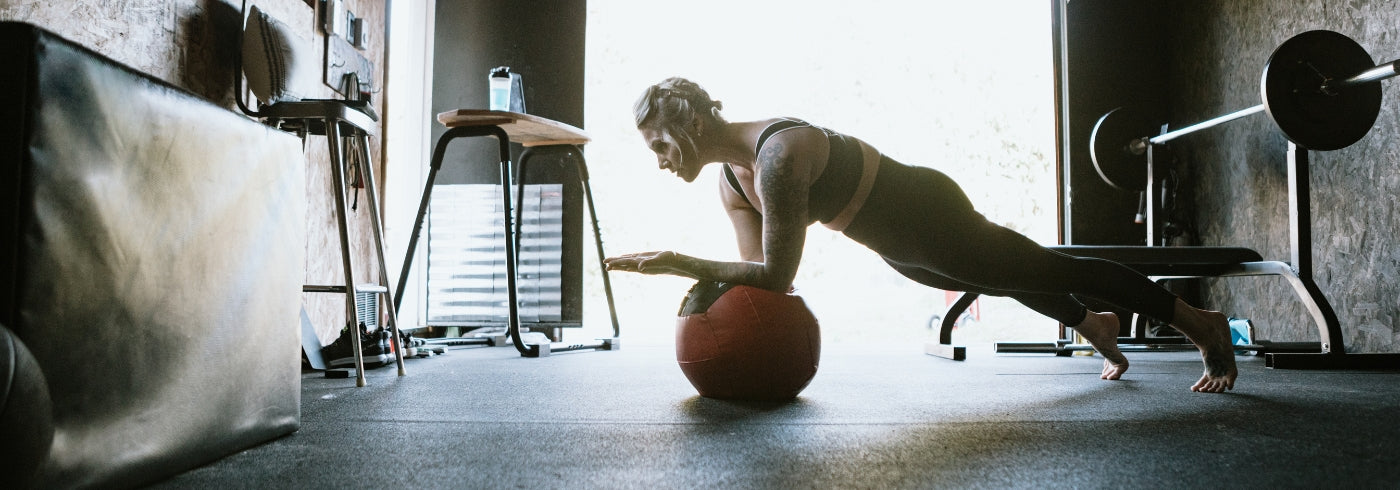
The 1% - Gaining the Athletic Edge at Home
BY HARRY KENDALL
The majority of the work you do as an athlete is done in the gym or on the track, and rightly so. However, some areas can be overlooked when it comes to improving through that final percentile, and many of these can be accessed and executed from the comfort of your own home. In this latest article, I’ll explain some of the most basic things anyone can do in their own house to ensure consistent performance and improvement.

Planning your routine for athletics competitions
Routine, especially in combined events, can be critical to maintaining a healthy athlete lifestyle. As you’re competing in the multi events competition, you have to have a routine to compete for two days, or you’ll find your time slipping away and being constantly underprepared for the competition. This is no different to your home life, and a good daily or weekly routine here can be a game changer.
A daily wake up time and breakfast routine can be crucial for a productive day and will also help when you have to wake up early for day 1 or 2 of the combined events competitions. Personally, I start my day with a mug of tea and a pint of water, just to make sure I’m hydrated from the get-go. I know that most people are coffee drinkers (especially athletes), so if that is your preference, then stick with that. I don’t want to bang on about sleep and water too much, as I’ve mentioned it in a few articles before, but the earlier you can get to bed, the better, as you won’t be as lethargic when you train, and you can get the most out of all your sessions.
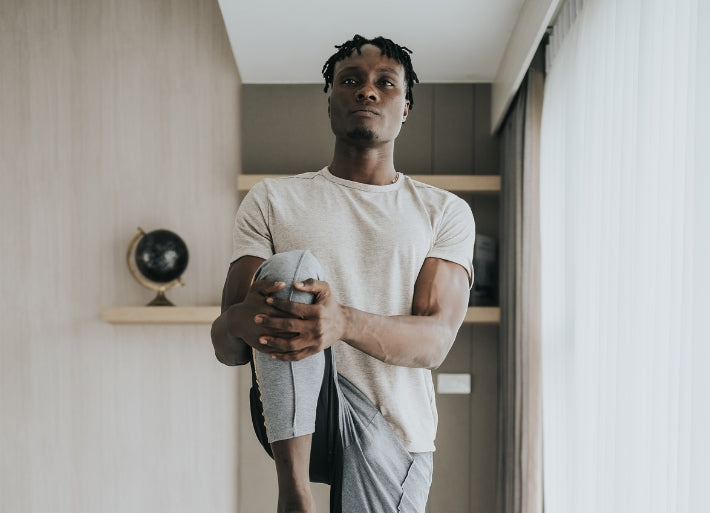
Stretching
It’s a situation as old as time itself. You get home from training, having promised your teammates, your coach and yourself that you will stretch when you get back, only to lie down and lose the ability to move until the next morning. There is, however, a better way!
10 or 15 minutes of stretching after waking up in the morning is a great way to start the day. You can even find a random YouTube stretching tutorial and follow that if you need some guidance. Gentle static stretching can help to improve your range of motion and keep your muscles supple and elastic. It's worth bearing in mind that overstretching can lead to serious or chronic injuries, so it may well be best to get guidance from a physio or sports therapist if you want to start entering into a stretching routine.
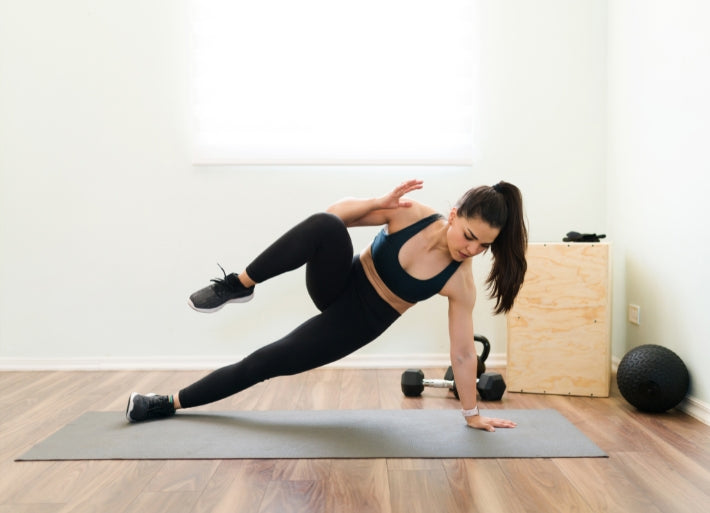
Core work
Aside from the training you do on the track and in the gym, there are plenty of strength and conditioning sessions you can do at home. It doesn’t all have to focused on your diet or sleep.
Core circuits and workouts are an effective and cheap form of exercise which can greatly benefit your training. During the early parts of the season and in the winter, you may be doing these sessions at the track after your running or technical work, but as the season progresses, the load on the track may lessen, and the core training may fall by the wayside. You can pick this up from your own home, however, with little or no equipment.
You may want to add a yoga mat just for your own comfort, or some bands or medicine balls if you feel you need a little more resistance. However, these items shouldn’t break the bank as some of the other technical equipment may do. Core work will help stabilise you in all your events, and is a vital element to be competitive at the top level for an extended time period. A weak core will lead to injuries all around your body, as well as poor form and technique in many of your events. This will, ultimately, considerably hamper your progression.

Rehab
Being injured is part and parcel of the game we're in, and rehab exercises are going to be crucial in minimising the time you spend on the sidelines.
If you have ever been to a physio or rehabbed an injury, you will know that many of the exercises involve resistance bands or no equipment at all, meaning you can do the majority of them from home. This element of your training can be the difference between returning to competition in a month or 5 months, so please do not neglect your rehab, especially when you have ample time at home to execute the exercises.
A regular prehab routine targeting key muscles and joints can also be very beneficial to keep injuries at bay. With the help of bands or light weights you can load muscles, tendons and joints to help with strength, mobility and elasticity, which will improve performance and help to keep you healthy throughout your career.
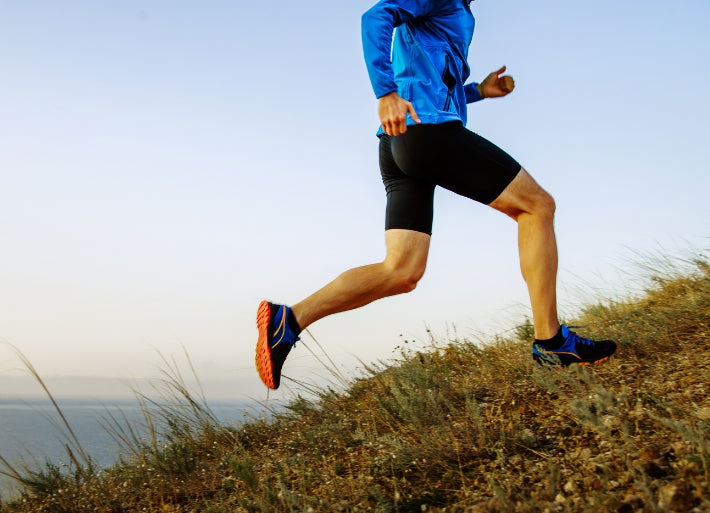
Hill Runs
If we’re splitting hairs, this isn’t technically a session you’re doing in your home, but it's doable in your house's vicinity.
On some days, you may not be able to attend training due to other functions or commitments you have going on. You may also have to find the time to squeeze in another session during the day. Hill runs can be the perfect substitute in your combined events training, and probably will not require you to travel very far. 6-10 sprints up a hill with a decent incline can not only help your lactic tolerance, but also your top end sprint speed as well. It is the perfect alternative if, for some reason, you cannot complete your session on the track.

Research from home
This point may be a little more niche, but it is just as, if not more important than all the practical training you can complete at home.
There may be elements of training and the athlete lifestyle which remain alien to you. Luckily, there is an unlimited wealth of knowledge and information out there. If you are struggling with your nutrition and getting the correct balance of food groups in your diet, you should spend a little time researching this, gathering information and then putting it into practice. Or perhaps you are having trouble with a specific event and need extra technical guidance. If so, you can look at technical models or new cues you can focus on in your next session.
However, misinformation also comes out in droves. Instagram and TikTok reels are potentially the worst for this. You can scroll for 5 minutes and see 10 reels titled “3 ways to improve your block starts” and they’ll all say completely different things. You need to carefully select the advice you hear and then trial and error what works for you, as listening to the wrong cues could lead to a plateau in performances or even injury.
If you are a normal combined eventer, watching videos of Johannes Vetter and trying to replicate his Javelin technique will not be beneficial and will almost certainly cause injury. Most of the individual eventers have the strength and mobility to hit positions that a combined events athlete usually cannot try to replicate, as you have to focus on training for many other events at the same time and cannot dedicate enough time to the specific strength training needed for each individual event.
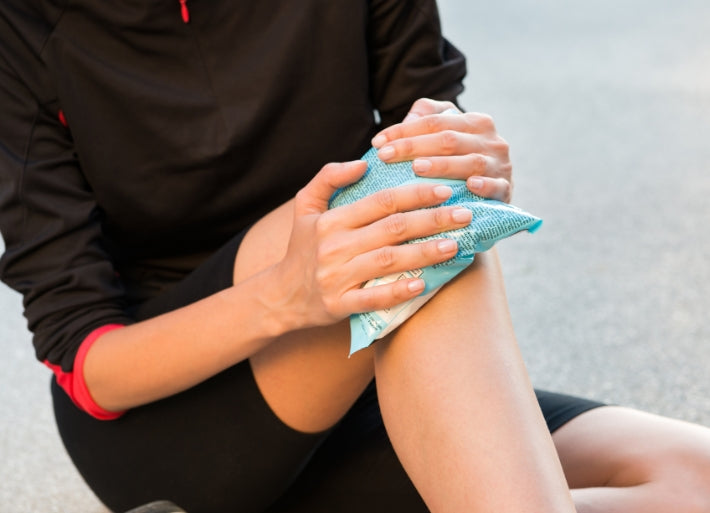
Active recovery
Our final point today is something I have touched on in a few previous paragraphs, but I will go into slightly more detail with it here...
Active recovery are elements of training you can do during your recovery time to aid you in dealing with soreness and potentially some niggles which may have cropped up. Easy things such as ice baths or a heat pack are good ways to stave off some soreness and help your recovery before your next training session, as well as stretching, which I mentioned earlier in the piece.
Rolling your large muscle groups can also help with relieving tension, dynamic stretching and smaller movements. There has been a massive upswing in the release of recovery technologies recently, some of which can aid your recovery, even potentially as a placebo.
Recovery boots are a big fad at the moment, with the air stimulated compression restricting blood vessels and opening them to rapidly encourage blood flow back to the muscles. Having used these myself, I believe they do aid in recovery, but they come at a cost, usually a few hundred pounds at a time. If you can share these with a couple of your teammates, it will help to spread the cost whilst you all benefit from the utility of the product!
I hope my guide to "Training at Home" has helped in some form. I'll catch you in the next one!
About Harry Kendall

Harry is a decathlete who represented England at the 2022 Commonwealth Games in Birmingham, and is a member of Tonbridge AC.
He has also won bronze at the 2021 British Athletics Championship, and he claimed victory at the 2022 English National Championship after scoring a record of 7843 points!
Instagram: @harrykendall_
Twitter: @harrykendall567


Leave a comment